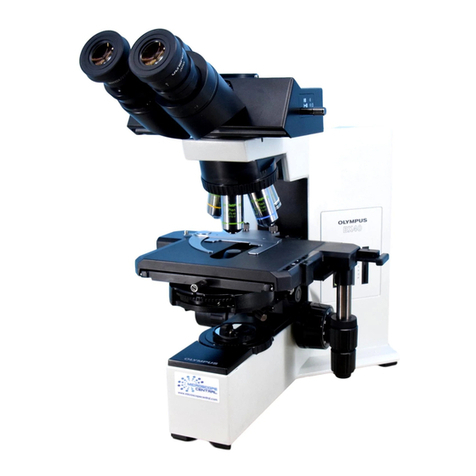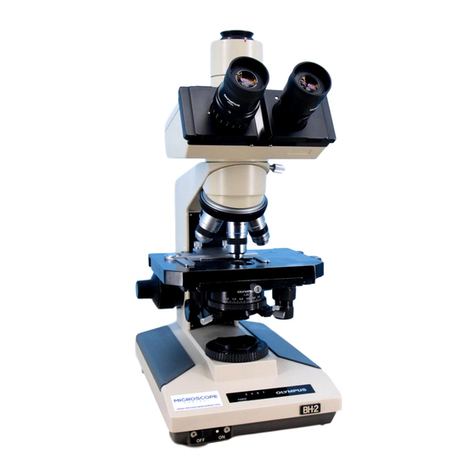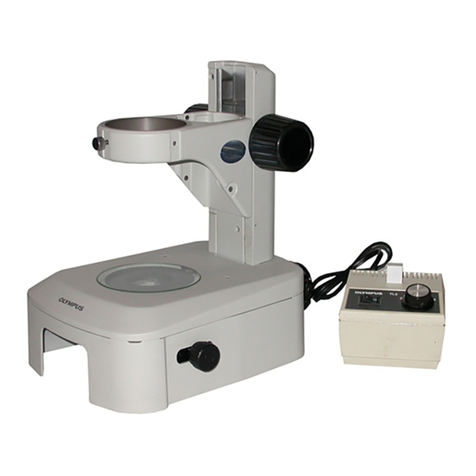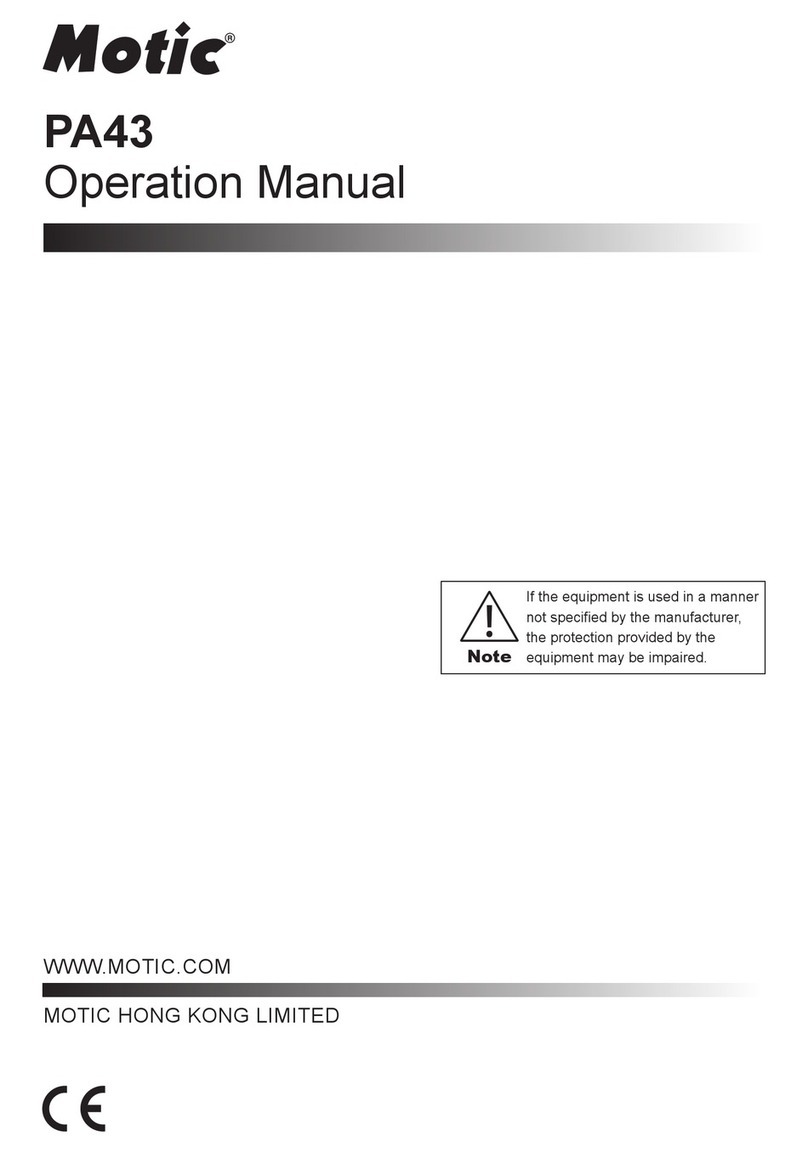Olympus BX-RLA2 User manual
Other Olympus Microscope manuals
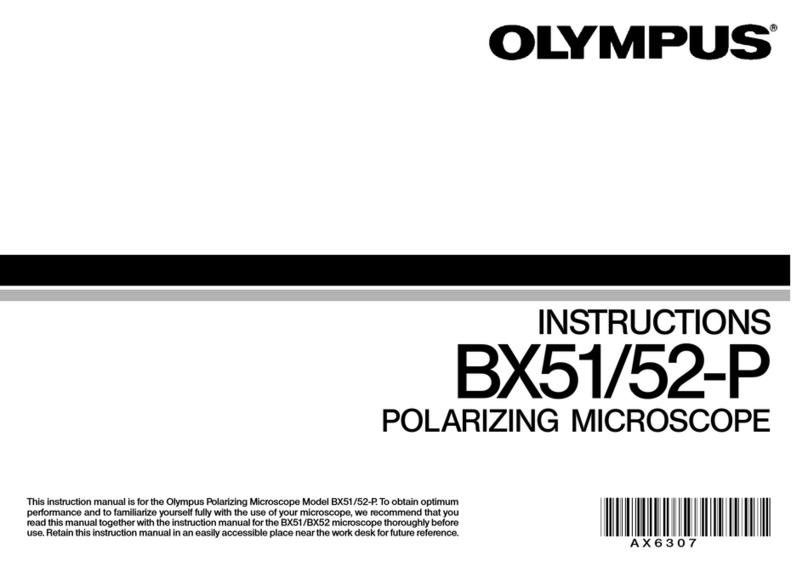
Olympus
Olympus BX51 User manual

Olympus
Olympus BX3-URA User manual
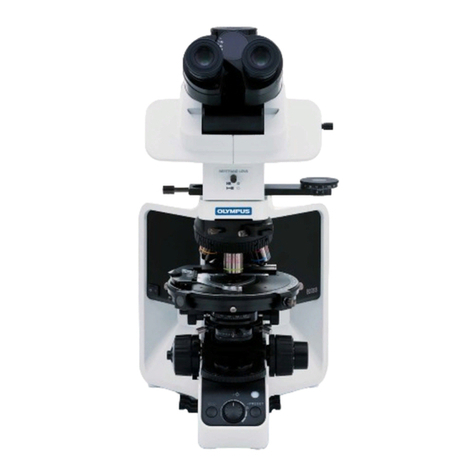
Olympus
Olympus BX53-P User manual
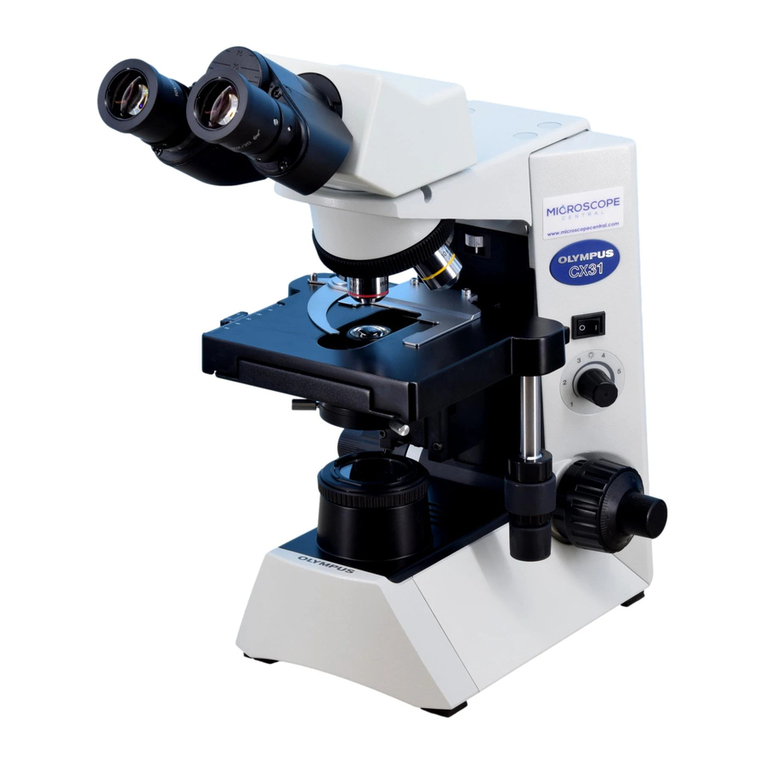
Olympus
Olympus CX31 User manual
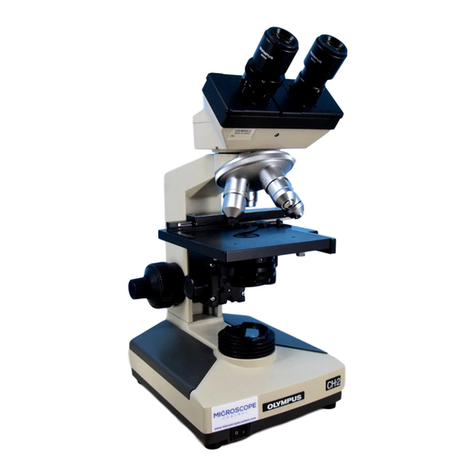
Olympus
Olympus CH2 Series Operating instructions
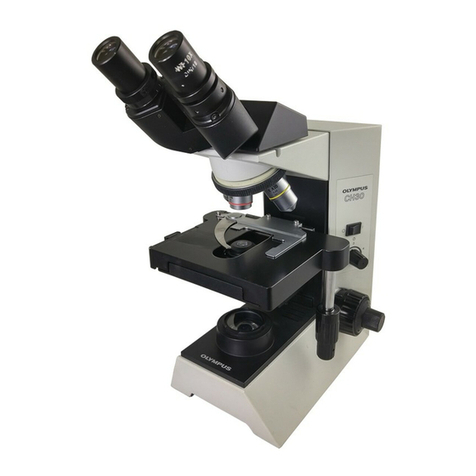
Olympus
Olympus CH30 User manual
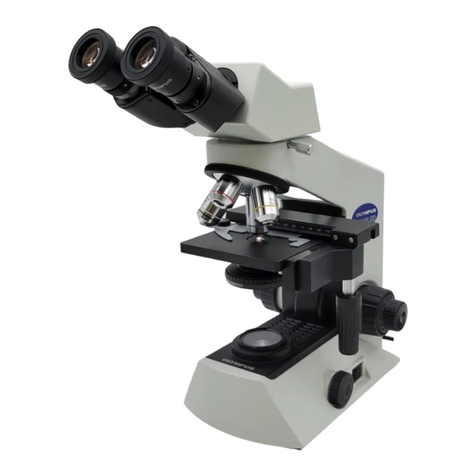
Olympus
Olympus CX21LED User manual

Olympus
Olympus U-AW User manual

Olympus
Olympus SZX16 User manual
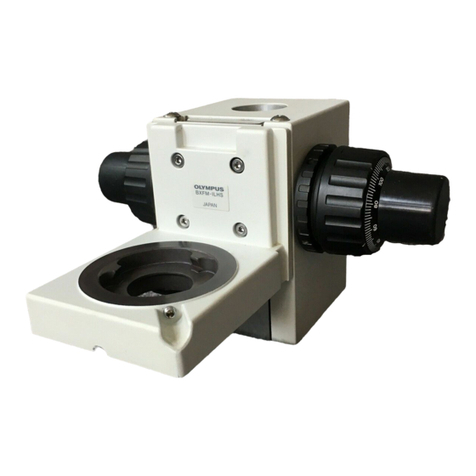
Olympus
Olympus BXFM Series User manual
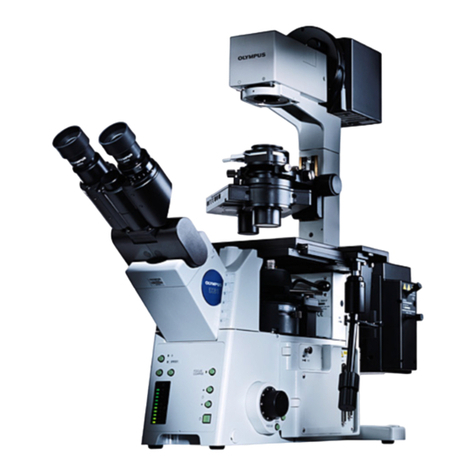
Olympus
Olympus IX81-ZDC2 User manual
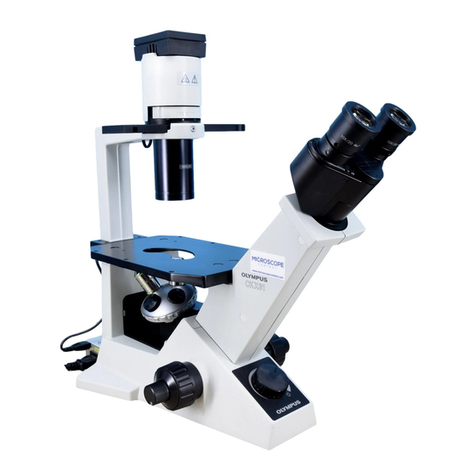
Olympus
Olympus CKX31 Operating instructions

Olympus
Olympus DP73 User manual
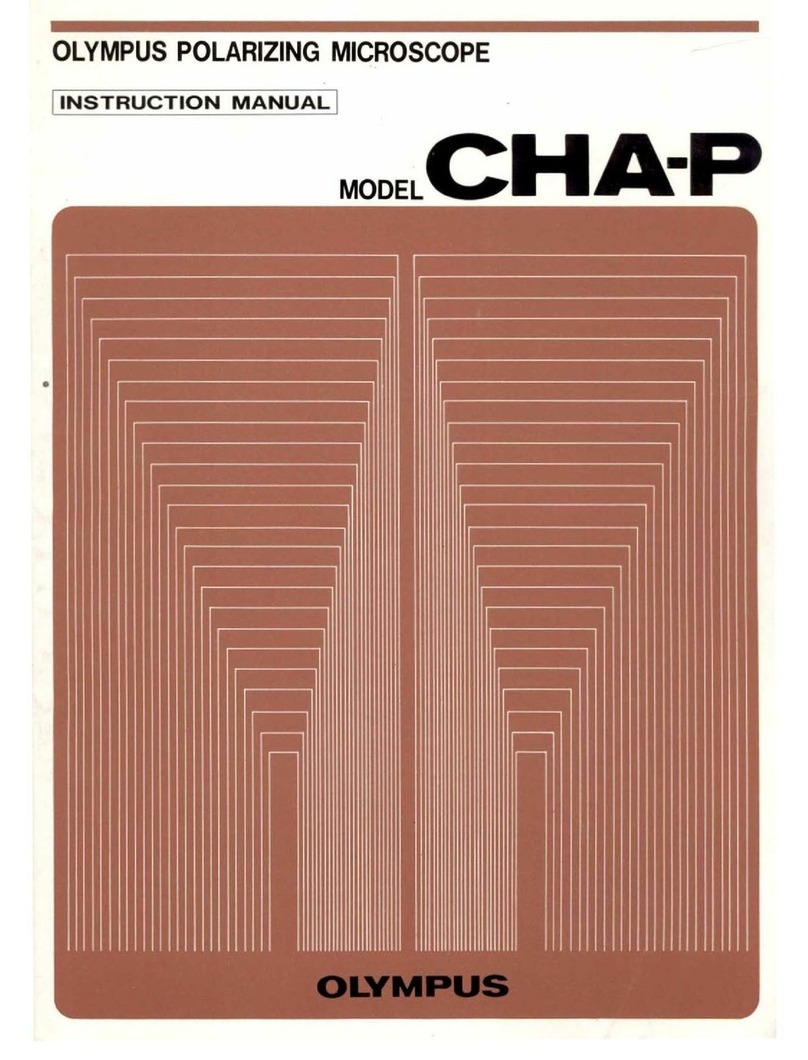
Olympus
Olympus CHA-P User manual
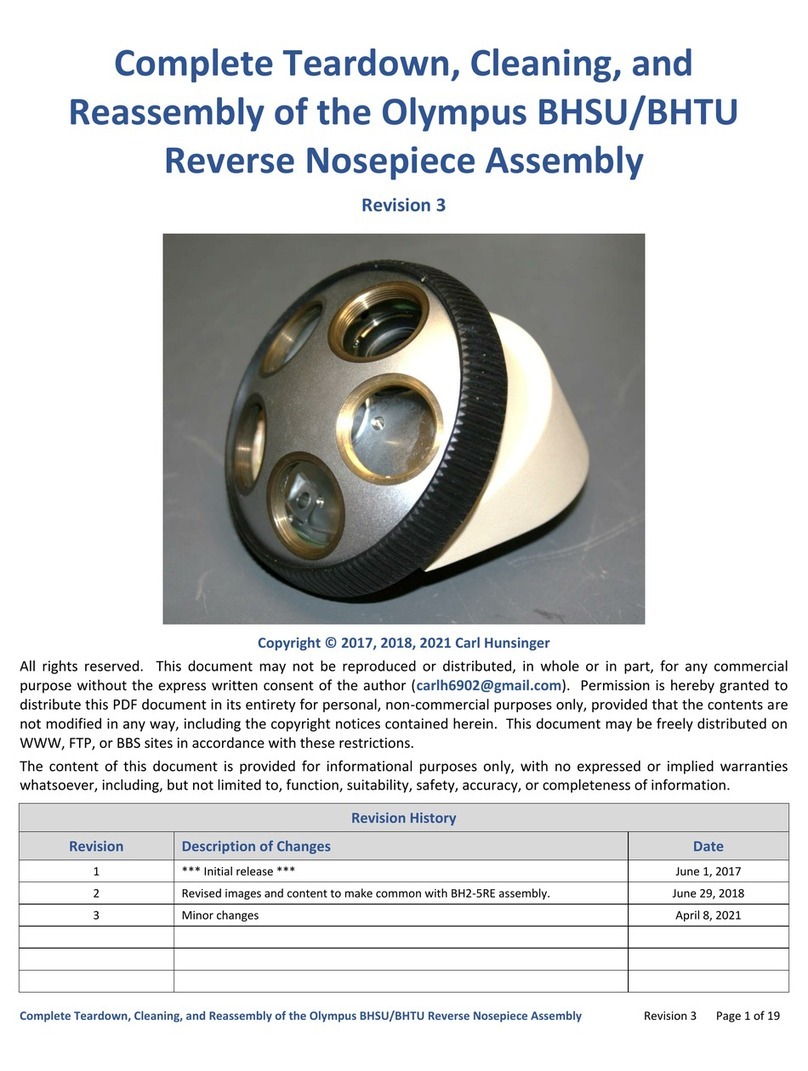
Olympus
Olympus BHSU Installation instructions
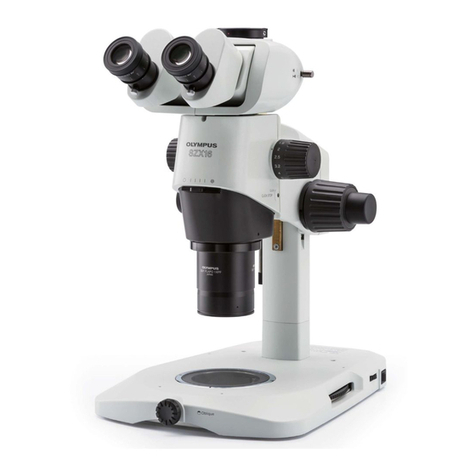
Olympus
Olympus SZX16 User manual

Olympus
Olympus IX71 User manual
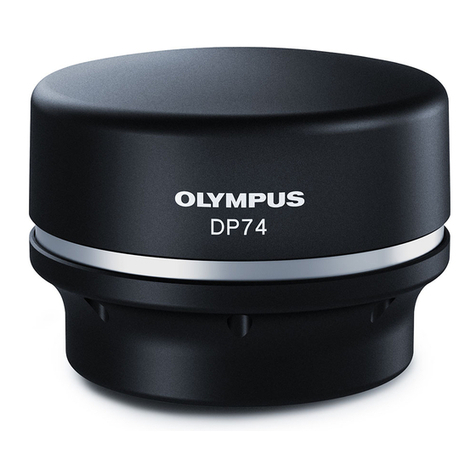
Olympus
Olympus DP74 User manual

Olympus
Olympus SZX16 User manual
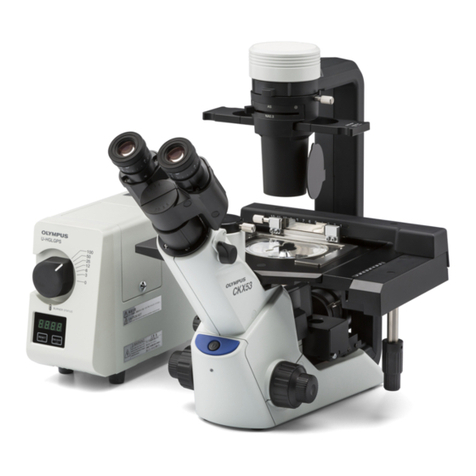
Olympus
Olympus CKX53 User manual
